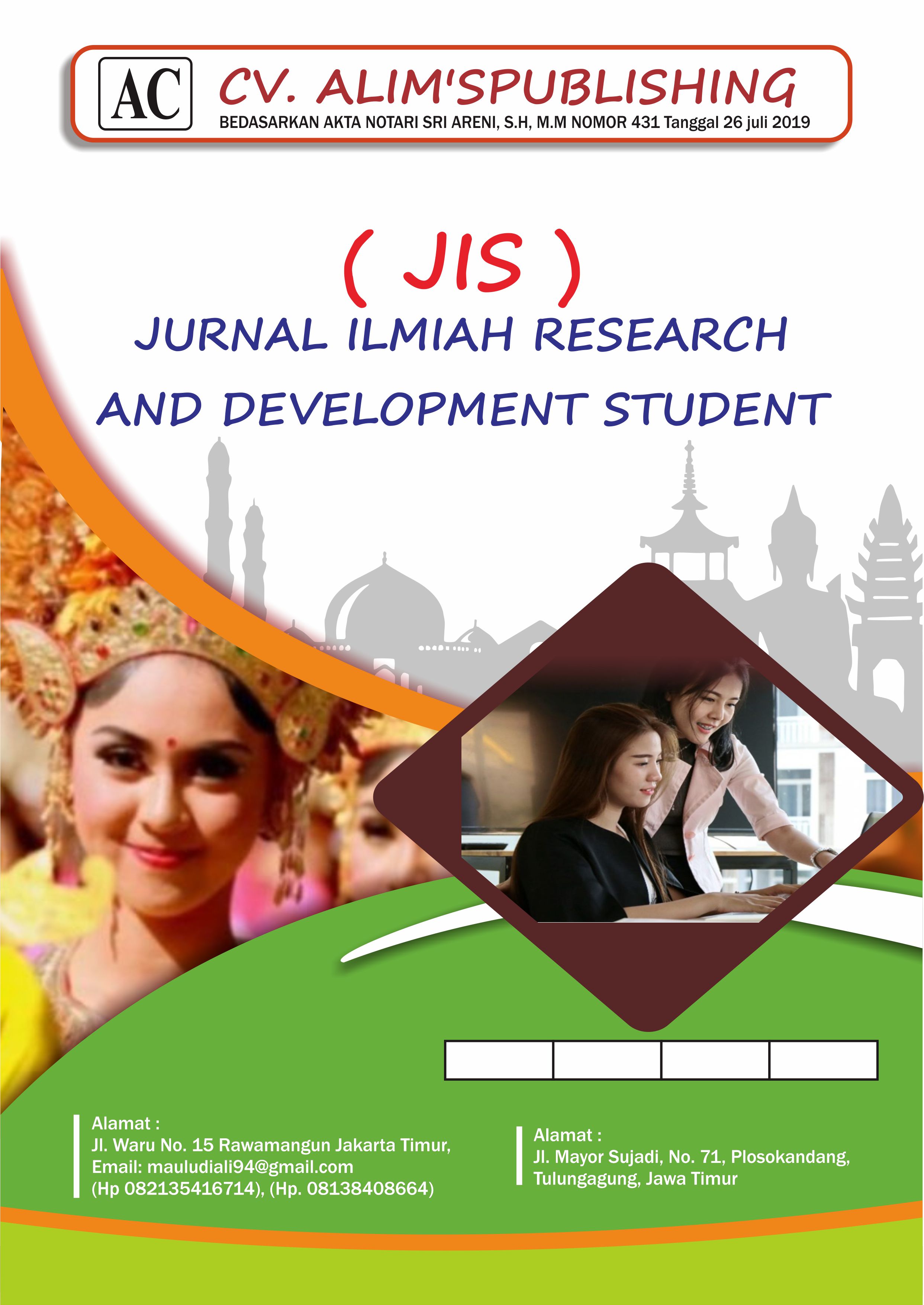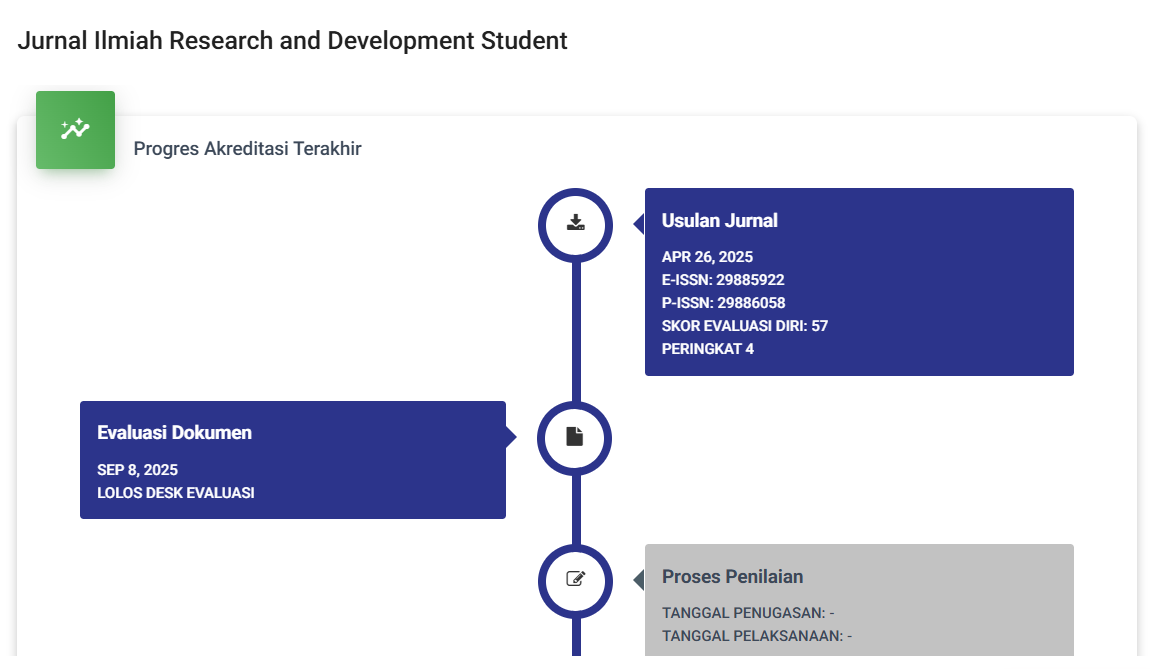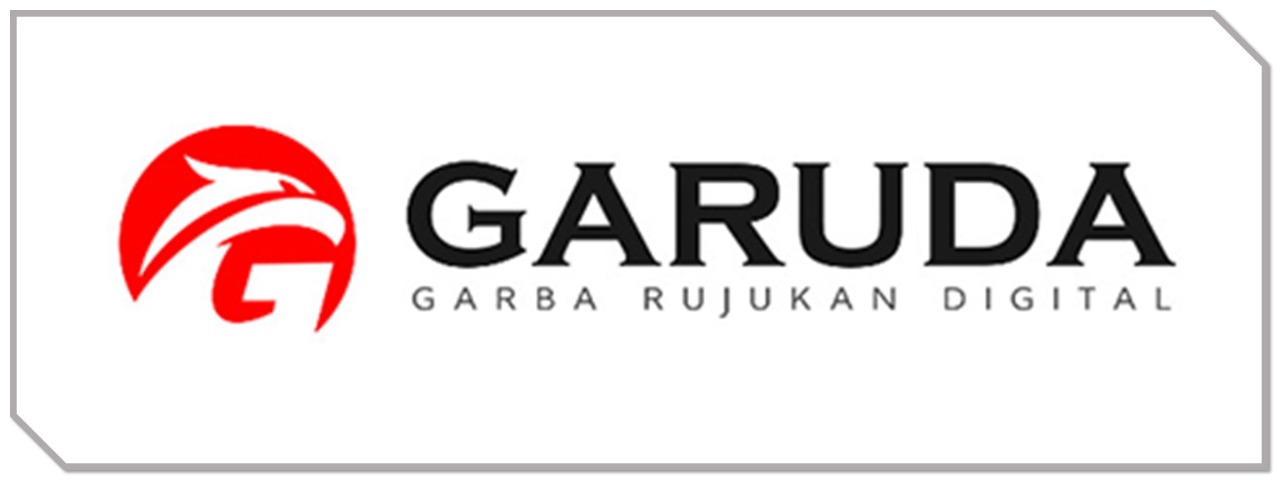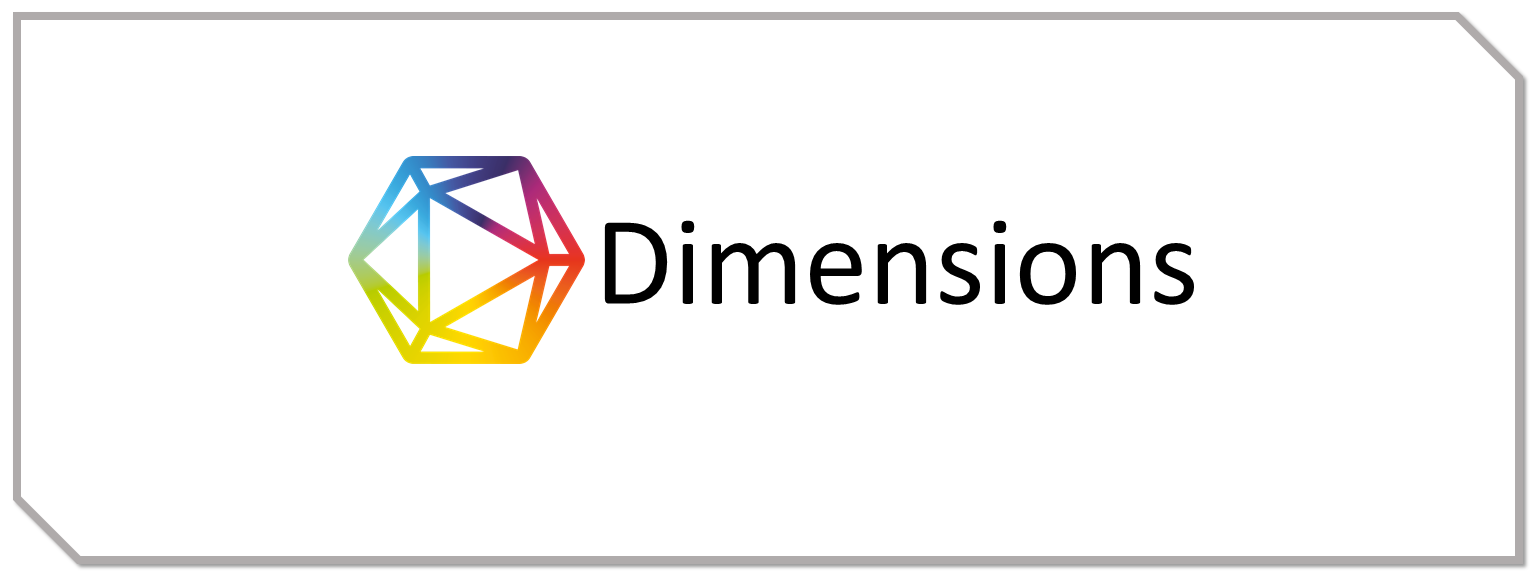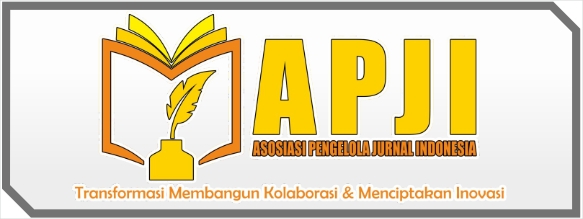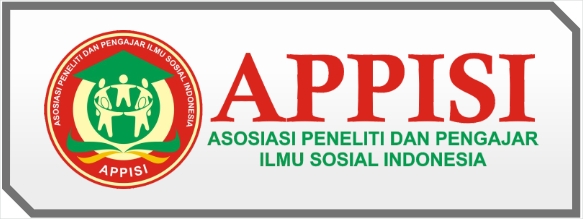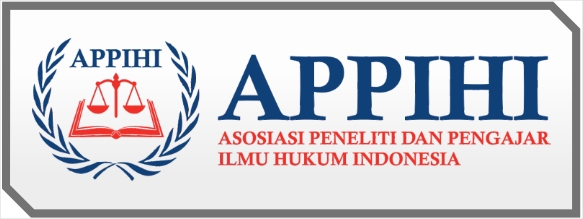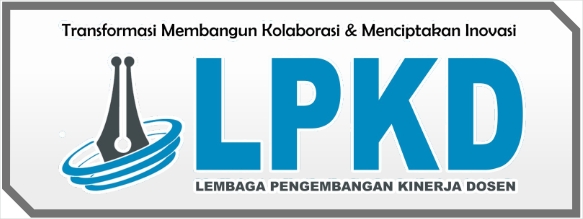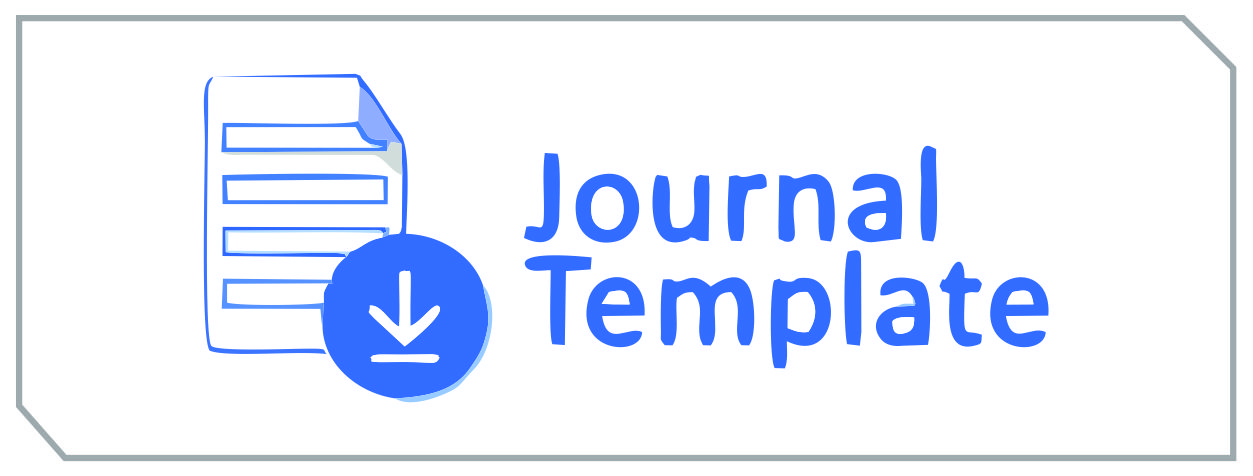Smart Conveyor Real-Time Sort Rotten Tomatoes With Deep Learning Method Integrated IoT Control
DOI:
https://doi.org/10.59024/jis.v3i1.1135Keywords:
Automation, Deep Learning, Internet of Things, Object Detection, TomatoAbstract
The Indonesian Ministry of Agriculture reported a significant increase in demand for fruits and vegetables in 2024. The share of expenditure on fruits increased by 18.35%, while for vegetables increased by 7.98% in the fourth quarter of 2024. This high demand drives the need for efficiency in the post-harvest process, especially at the sorting stage. Manual processes that rely on labor are time-consuming and risk producing errors in product quality grouping. As a solution, this study developed a smart conveyor system integrated with IoT technology and deep learning to classify tomatoes by grade. This system includes layers of physical devices, connectivity, computing, data processing, and collaboration to optimize performance. The conveyor is driven by a DC motor with a detection accuracy level of 94%. Rotten tomatoes are classified as grade C and directed straight, while red tomatoes (grade A) and green tomatoes (grade B) are directed to certain containers using servos. This innovation leads to manual processes, reduces dependence on labor, and increases efficiency. With this technology, farmers can meet market needs more effectively and ensure accurate and consistent tomato grouping, supporting the transformation of the horticulture sector in Indonesia.
References
Alfarizi, D. N., Pangestu, R. A., Aditya, D., Setiawan, M. A., & Rosyani, P. (2023). Penggunaan Metode YOLO Pada Deteksi Objek: Sebuah Tinjauan Literatur Sistematis. 1(1).
Aras, S., Tanra, P., & Bazhar, M. (2024). Deteksi Tingkat Kematangan Buah Tomat Menggunakan YOLOv5: Detection of Tomato Fruit Ripeness Level Using YOLOv5. MALCOM: Indonesian Journal of Machine Learning and Computer Science, 4(2), 623–628. https://doi.org/10.57152/malcom.v4i2.1270
Baharuddin, B., Sitopu, J. W., Safarudin, M. S., Adam, Muh. W. S., & Safar, Muh. (2024). Mengenal Internet of Things (IoT): Penerapan Konsep dan Manfaatnya dalam Kehidupan Sehari-hari. Journal Of Human And Education (JAHE), 4(4), 827–835. https://doi.org/10.31004/jh.v4i4.1348
Firmansyah, Y., Kurniawan, R., & Wijaya, Y. A. (2024). Analisis Data Sentimen Pemain Game Role-Playing Game (RPG) Honkai Star Rail dengan Algoritma Naive Bayes. 6(1).
Handoyo, E., Soetrisno, Y. A. A., Sinuraya, E. W., & Irsyad, H. M. (t.t.). Designing a Machine Learning Model Using Tensorflow in the Cato Application to Recognize Human Body Members.
Imansyah, F. (2024). INOVASI ATMOSFER TERKENDALI: PEMELIHARAAN KESEGARAN BUAH PISANG UNTUK PENINGKATAN KETERSEDIAAN DAN KUALITAS KONSUMSI. Jurnal Abdi Insani, 11(3), 2295–2307. https://doi.org/10.29303/abdiinsani.v11i3.1678
Lombu, A. S., Hidayat, S., & Hidayatullah, A. F. (2022). Pemodelan Klasifikasi Gaji Menggunakan Support Vector Machine. Journal of Computer System and Informatics (JoSYC), 3(4), 363–370. https://doi.org/10.47065/josyc.v3i4.2137
Mardial, A. (t.t.). ANALISIS PENENTUAN KOMODITI BASIS SUBSEKTOR HORTIKULTURA DI DAERAH KABUPATEN POSO.
Nazara, R. V., Hanum, C., Hasanah, Y., Telaumbanua, P. H., Telaumbanua, B. V., & Laoli, D. (2023). Analisis Karakteristik Fisiologis terhadap Konsentrasi AB Mix pada Tanaman Tomat Cherry. Journal of Agricultural Sciences.
Nurhakiki, J., & Yahfizham, Y. (t.t.). Studi Kepustakaan: Pengenalan 4 Algoritma Pada Pembelajaran Deep Learning Beserta Implikasinya.
Prabowo, R. U., Azizah, L. N., Agadinansyah, P. R., Zahrosa, D. B., Kurniawan, D., & Sari, S. (2022). AMPLIFIKASI SISTEM AGRIBISNIS KOMODITAS SAWI KABUPATEN MALANG (Studi Kasus Di Desa Pujon Kidul Kabupaten Malang). AGRIBIOS, 20(2), 202. https://doi.org/10.36841/agribios.v20i2.2361
Primatua, S. (2022). Identifikasi Penyakit Tanaman Padi Melalui Citra Daun Menggunakan DenseNet 201. JOMLAI: Journal of Machine Learning and Artificial Intelligence, 1, 143. https://doi.org/10.55123/jomlai.v1i2.889
Raup, A., Ridwan, W., Khoeriyah, Y., Supiana, S., & Zaqiah, Q. Y. (2022). Deep Learning dan Penerapannya dalam Pembelajaran. JIIP - Jurnal Ilmiah Ilmu Pendidikan, 5(9), 3258–3267. https://doi.org/10.54371/jiip.v5i9.805
Rima Dias Ramadhani, Nur Aziz Thohari, A., Kartiko, C., Junaidi, A., Ginanjar Laksana, T., & Alim Setya Nugraha, N. (2021). Optimasi Akurasi Metode Convolutional Neural Network untuk Identifikasi Jenis Sampah. Jurnal RESTI (Rekayasa Sistem dan Teknologi Informasi), 5(2), 312–318. https://doi.org/10.29207/resti.v5i2.2754
Rosiana, L. (2022). Analisis Kemungkinan Keterlambatan Pembayaran SPP Menggunakan Algoritma Support Vector Machine (Studi Kasus: Smp Perintis 2 Bandar Lampung). 2.
Rusdy Prasetyo, A., Sussi, & Aditya, B. (2023). ANALISIS PERBANDINGAN ALGORITMA SUPPORT VECTOR MACHINE (SVM) DAN CONVOLUTIONAL NEURAL NETWORK (CNN) UNTUK SISTEM DETEKSI KATARAK. Jurnal Ilmiah Teknik Mesin, Elektro dan Komputer, 3(1), 1–10. https://doi.org/10.51903/juritek.v3i1.604
Saputra, D. H., Imran, B., & Juhartini. (2023). OBJECT DETECTION UNTUK MENDETEKSI CITRA BUAH-BUAHAN MENGGUNAKAN METODE YOLO. Jurnal Kecerdasan Buatan dan Teknologi Informasi, 2(2), 70–80. https://doi.org/10.69916/jkbti.v2i2.18
Sucipto, A., Nuraji, D., Ramadany, M. E. L., Vitasari, J., & Widarso, R. A. (2024). Implementasi Sistem Deteksi Otomatis pada Tanaman Cabai Rawit Menggunakan Convolutional Neural Network (CNN) Berbasis TensorFlow untuk Optimasi Pertanian Modern.
Syefrida Yulina & Hoky Nawa. (2022). Dataset Gambar Wajah untuk Analisis Personal Identification. Journal of Applied Computer Science and Technology, 3(2), 193–198. https://doi.org/10.52158/jacost.v3i2.427
Widianti, F. D. (2022). DAMPAK GLOBALISASI DI NEGARA INDONESIA. JISP (Jurnal Inovasi Sektor Publik), 2(1), 73–95. https://doi.org/10.38156/jisp.v2i1.122
Downloads
Published
Issue
Section
License
Copyright (c) 2024 JURNAL ILMIAH RESEARCH AND DEVELOPMENT STUDENT

This work is licensed under a Creative Commons Attribution-ShareAlike 4.0 International License.

